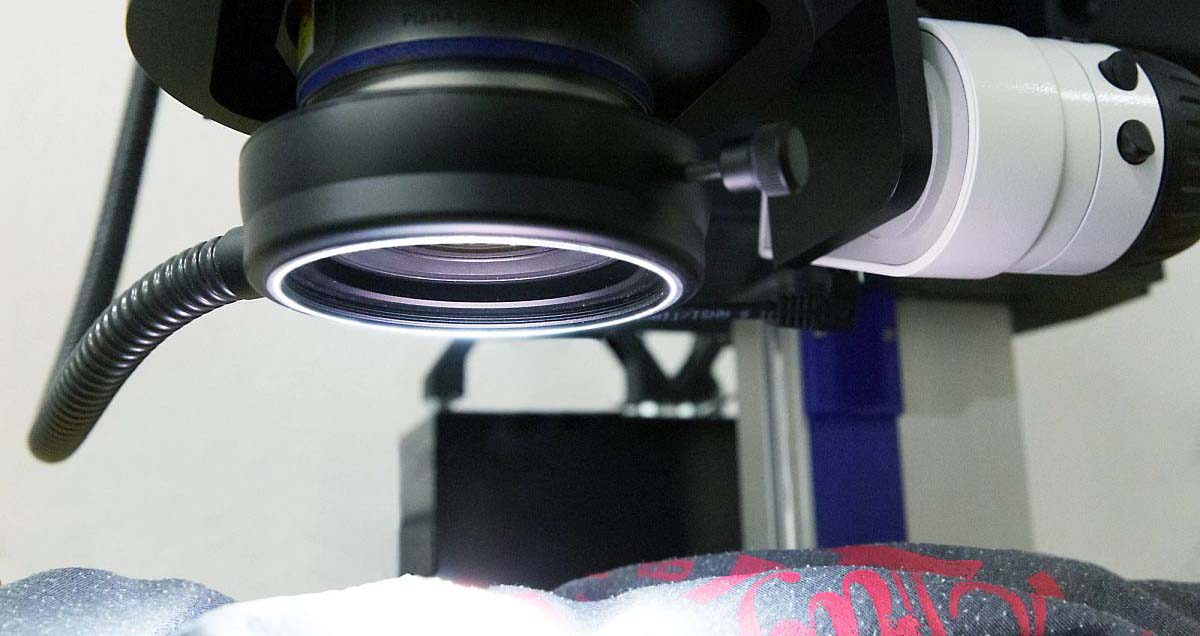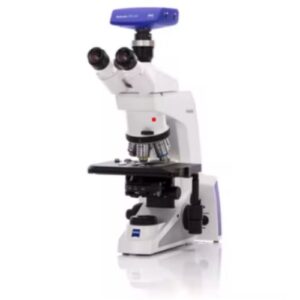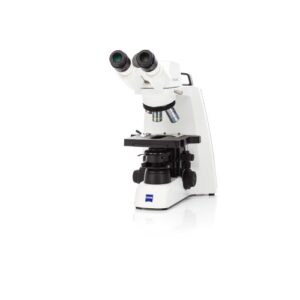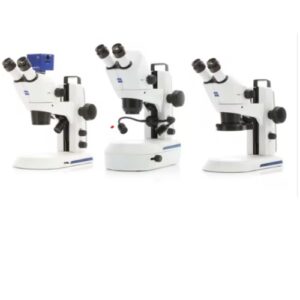The first microscope as we know it today was invented in the 1600s. Ever since then, this device has only become more and more important in recent years. After all, a stereo microscope is important for all sorts of applications in the lab.
But how should you go about choosing such a microscope? After all, there are so many different things to consider that it can be hard to choose just one microscope model. Keep reading and learn more about what you should consider when choosing a stereo microscope.
Zoom Range and Field of View
Because there are so many different types of stereo microscopes on the market, some offer quite an impressive zoom range while others may only have one type of magnification. The type of zoom range that you need will mainly depend on what you plan on using the microscope for in your lab. Some labs only need to work with one or two magnifications, so microscopes with advanced zoom range options might not be necessary.
On the other hand, if your research needs you to manipulate small samples or find small pieces of information within your samples, a microscope with a larger zoom range may be more beneficial. While most basic zoom ranges on microscopes can allow you to see both larger and smaller objects, small objects might not be clear enough or close enough for you to visualize and study clearly.
In that case, you will want to choose a microscope with a more impressive zoom range. For example, a very basic microscope with an average zoom range would allow you to magnify a sample by 10X or 20X. This is often enough for basic types of research, but not enough for more advanced studies that require manipulation and exploration.
The Details
In that case, you may want a more powerful microscope that ranges between 20X and 80X magnification. This range would allow you to have much more freedom and control over your lab samples. It would also make it much easier to study whatever sample you happen to have at hand.
As for the field of view, you will ideally want a microscope that has a large objective field. This is because a larger objective field makes it easier to see more of your sample at one time.
Besides that, it will also make it easier to stay oriented as you examine specific parts of your sample.
Ergonomics and Portability
Not a lot of people consider ergonomics as an important factor when choosing microscopes, but in reality, it is very important. After all, a stereo dissecting microscope often requires a person to crane their neck over the device all day which can result in pain and discomfort due to the misalignment of the spine. This is not to mention that a microscope with poor ergonomic qualities can lead to bad posture and other issues.
The most important thing about ergonomics is that it helps people work faster and more efficiently. Ergonomics is all about efficiency and ensuring that the worker in question can operate a device with as few problems as possible. For example, an ergonomic microscope would be one that allows the researcher to operate the magnification and focus options while still looking through the two eyepieces.
If the researcher has to take their eyes away from the eyepiece to see where the magnification or focus knobs are, this would obviously result in a more inefficient workflow. As long as the microscope is designed in an ergonomic way that is easy to maneuver and operate, this shouldn’t be a problem.
What You Need to Know
Along with ergonomics, you should also consider portability. Portability may not be important for some labs, but it may be very important for others. If your microscope is big and bulky, it obviously isn’t going to be very portable.
This will only decrease efficiency in the lab if you need to move the microscope for whatever reason. But if the microscope is more compact and lightweight, you’ll be in luck. This will allow researchers to move the microscope to wherever it might be needed.
Due to its more lightweight nature, it wouldn’t cause any decrease in efficiency if it needed to be moved.
Optical Quality and Illumination
There are many types of optical qualities to consider. There are achromatic optics, plan optics, and plan apo optics. All of these different types are ideal for very specific specimens.
It is important to determine what kind of optics your lab needs to function. Some labs only need one or two types of optics while others may need several different types for different specimens. Some microscopes offer several different types of optics to make the workflow more efficient.
Besides the optical quality and type, you also need to consider the microscope’s illumination. Of course, any good microscope needs to have good illumination that spreads across the entire field of vision. This is the only way in which a specimen can be studied efficiently and accurately.
Ideally, the illumination should also be able to show the colors of the sample as well as the contrast between different colors.
Choosing the Best Stereo Microscope
Choosing a good stereo microscope doesn’t have to be hard, but there are certain factors you should consider. For example, a good microscope needs to have good illumination, zoom range, optical quality, ergonomics, and so on. As long as your microscope has all that, it should function perfectly in your lab.
Learn more about stereo microscopes.




